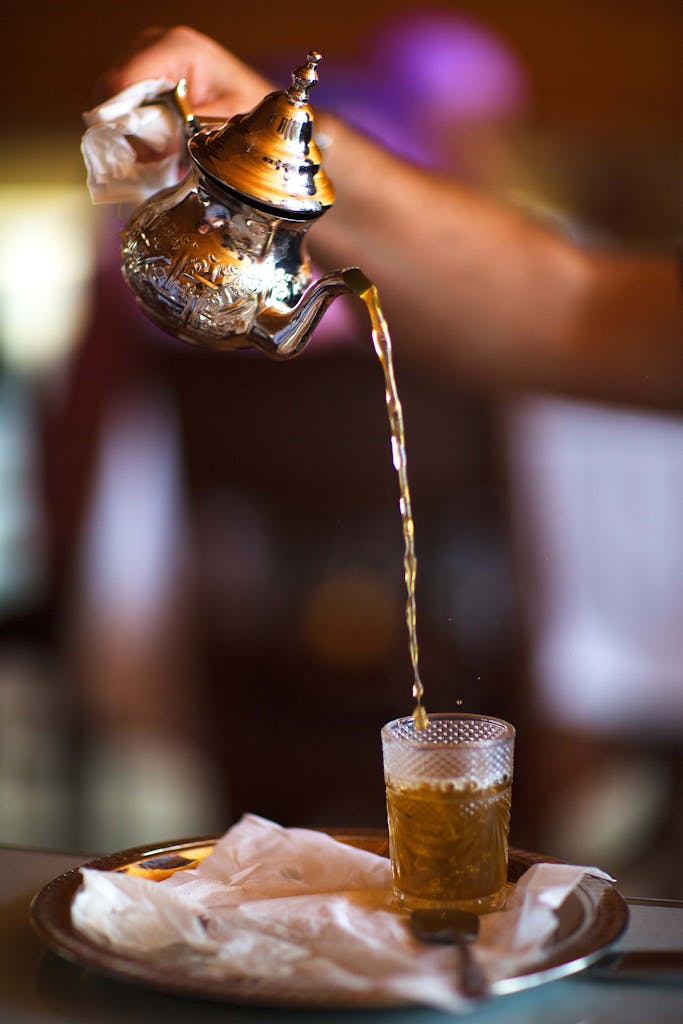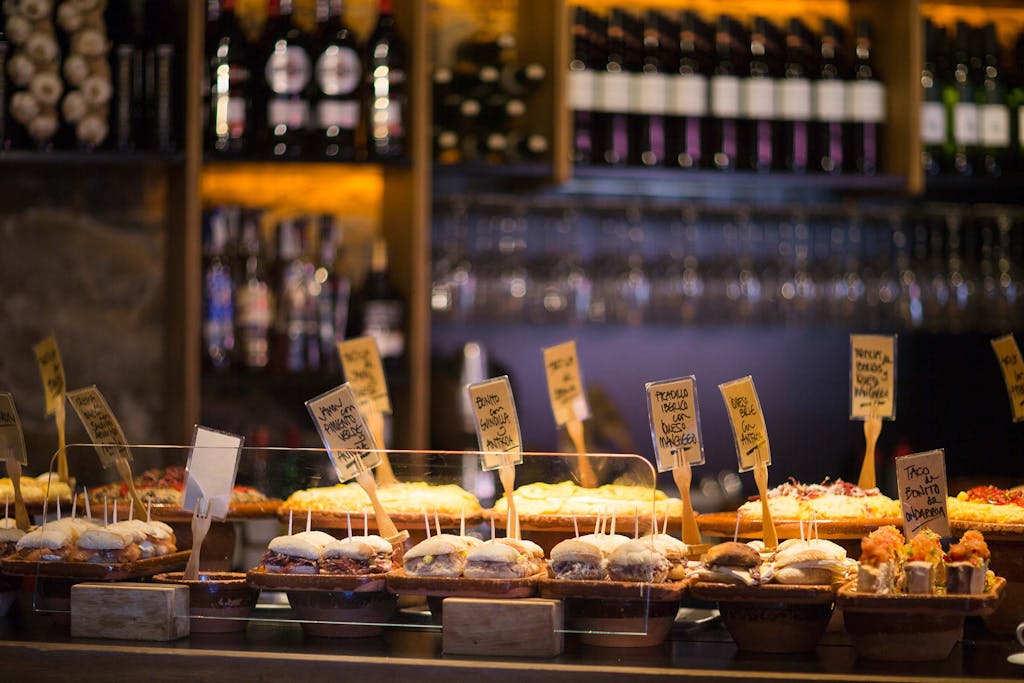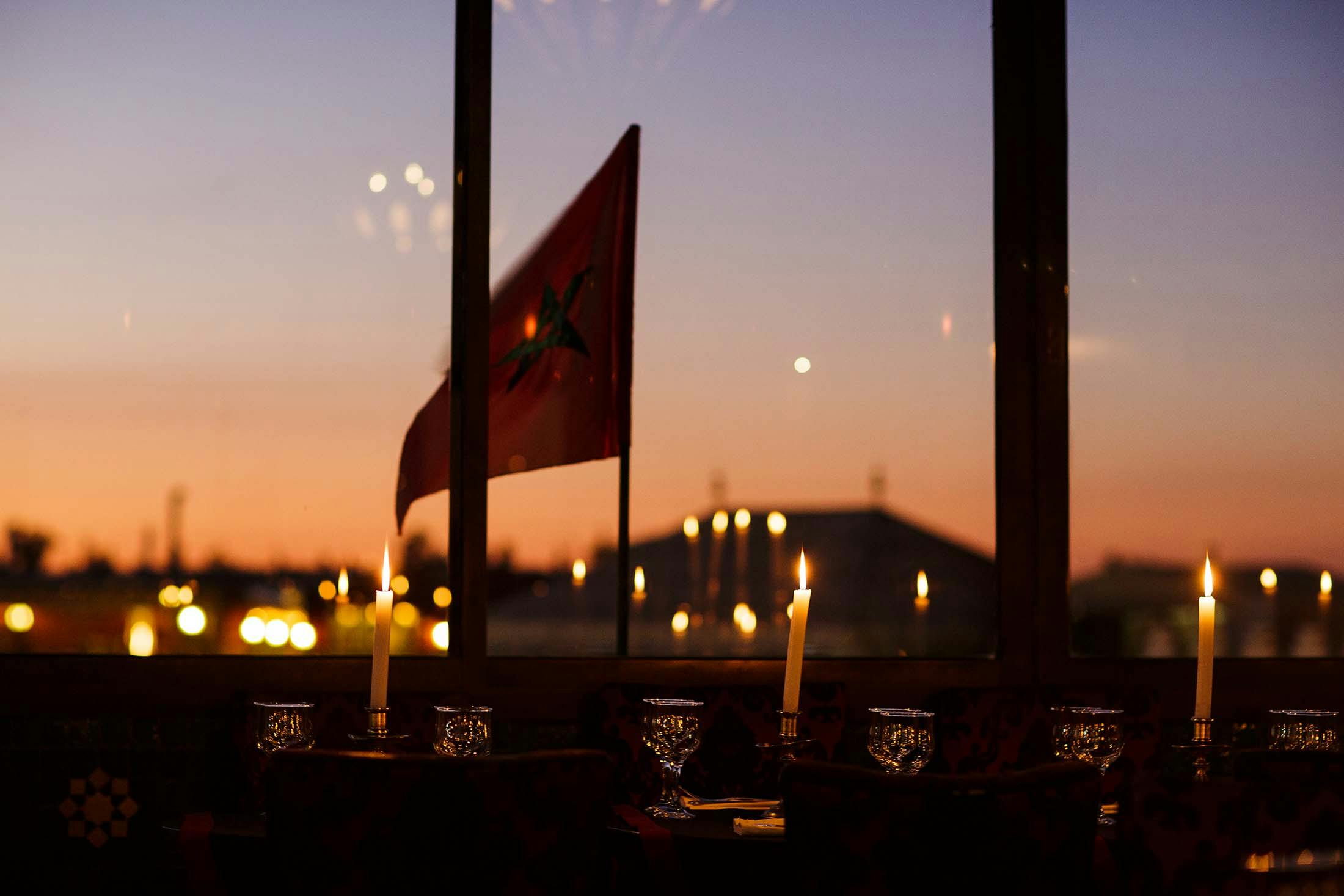3 Extraordinary Culinary Travel Experiences to Whet Your Appetite
After sailing to every continent, we’ve learned that any destination’s gastronomy is a window into its culture, history and traditions. Whether you enjoy cooking vacations filled with demonstrations and hands-on classes or the simple delight of tasting a new ingredient at a local farmer’s market, the chance to sample local delicacies in exotic lands may be reason enough to pack your bags. Allow us to whet your appetite with these three culinary travel adventures.
1. The Fragrant Cuisine of Morocco
The first of our three culinary adventures takes us to Morocco, famous for its sweet-and-savory food combinations as well as its lavish use of fragrant spices and herbs. Figs, olives, preserved lemons and apricots star in many of the country’s dishes. These alluring ingredients can be found on display at vibrant stalls inside food markets, next to red, brown, yellow and black spices piled high in cone-shaped mounds.
After interacting with the locals and learning about local ingredients and regional culinary customs, foodies will want to sample Morocco’s famous tagines. These rich stews are named after the round earthenware vessel (with a conical-shaped lid) in which they are slow-cooked and served. Aromatic spices like cinnamon, cumin, ginger, saffron, turmeric and coriander meld with dried fruits like dates or prunes and succulent chicken or lamb to create a truly unforgettable culinary experience. Meat and vegetable tagines are typically served with couscous, an ancient grain made from semolina wheat.
There’s also pastilla—a flakey pastry, composed of many layers of phyllo dough and bursting with flavorful chicken or pigeon meat, sprinkled with a mixture of cinnamon, sugar and almonds. Perhaps Morocco’s most iconic gastronomic experience is not a dish, but rather the mint tea that you can sip from an intricately-decorated glass. Brewed with springs of fresh mint leaves and lots of sugar, the tea is poured at an impressive height from a silver teapot and is consumed with each meal.

2. The Festive Pintxos of Basque Country
Some would argue that Spain is one of the best culinary tourism destinations in the world. In the Basque Country of northwest Spain, there’s nothing quite like bar-hopping with the locals to sample bite-sized morsels of seafood, meat, vegetables and eggs, heaped on pieces of bread or on skewers. This activity is so integral to the culture that there’s even a special word for it: txikitear, whichroughly translates to grazing with a group of friends and family from bar to bar on pintxos, or Basque tapas.
Traditional pintxos include salty Iberico ham served with poached shrimp and baby squid, or hearty portions of cod in a pil-pil sauce with garlic and olive oil. Modern and globally-accented tapas enrich the offering: Think apple crisps with duck and peanut sauce or a stack of steak tartare with capers, onions, egg yolk and olive oil. One iconic pintxo is even named after a Hollywood movie star: The Gilda, with green olives, anchovies and pickled green chile peppers, is named after the hot-blooded character Rita Hayworth played in ‘Gilda.’
Bilbao’s seven neighborhoods for pintxo crawls range from Plaza Nueva, an arcaded square with about two dozen pintxo bars in the Old Town, to Ribera Food Market, a huge indoor food market with upstairs pintxo bars. Two Plaza Nueva gems are Gure Toki, whose specialties include grilled foie gras with apple and sherry and a soup of Idiazabal sheep’s milk cheese with mushrooms and a quail egg, and Café Bar Bilbao, a century-old spot known for a dreamy veal crepe with anchovies and mushrooms.

3. The Verdant Tea Plantations of Sri Lanka
The word serendipity, coined to mean a fortunate discovery by pure accident, was named for a Persian folktale about three princes from Serendip, which Arab traders dubbed Sri Lanka. That’s exactly what travelers feel when they see the velvety green slopes, blanketed with tea bushes, where mist rolls in on this pear-shaped island off southeast India’s coast. Some of the world’s finest teas come from Sri Lanka, and tea has been the major export of the country once called Ceylon since the 1880s.
Black tea, known for its bold flavor, is the most popular crop in Sri Lanka’s 11 tea-producing regions. Green and white teas also make an appearance. Like the terroir of famous French wines, the flavor of tea varies widely based on the location—the combination of soil, climate and elevation in which it’s grown. Tea industry pioneer James Taylor, a Scot, founded the first tea plantation in 1867 in the then-British colony, and London received its first shipment of Ceylon tea in 1873. But it was visionary merchant Sir Thomas Lipton, also a Scot, who founded Lipton Tea and popularized tea in the United States, after buying his first tea estate in 1890 near Dambatenne. It was Sri Lanka’s dramatic scenery that first enchanted him, and it still attracts visitors to this day.

